|
By Dee Hudson and Charles Larry SpringSummerAutumnWinter
2 Comments
By Luke D. Fannin PhD Candidate, Dartmouth College, Hanover, NH Grass-eating, or graminivory, as it is called by scientists, is a strange behavior. At the outset, grasses, at least compared to the many plant foods that humans consume regularly, look unappetizing; they are tough to chew, they are full of fibers that make them difficult to digest, and they are often covered in dust and sand from growing close to the soil surface. But for many mammals, ranging in size from tiny voles (20-24 grams) all the way up to gigantic white rhinoceroses (2400 kilograms), grasses are dietary staples, and these so-called “grazers” (grass-eating mammals) are pivotal in Earth ecosystems. Nachusa Grasslands is home to one of North America’s most important grazing mammals, the bison (Bison bison), which eats grasses in most months of the year. But if grasses are such difficult foods to eat, how do bison–let alone any other mammals–eat them? As it turns out, bison have a few tricks up their proverbial sleeves as it pertains to eating grasses. For starters, bison are ruminant mammals, which means they have highly specialized stomachs that allow them the ability to regurgitate and then re-chew partially digested plant foods. Think of how a domestic cow eats; the cow first swallows a bite of food but then proceeds to regurgitate that bite of food and chew it again, and again, and again… until finally those food particles are small enough to pass through the rest of the digestive system. With each subsequent swallow, foods are bathed in stomach juices teeming with bacteria, which also help to weaken the structural integrity of fibrous foods and liberate nutrients. This digestive trick is incredibly helpful for bison, as it allows them to digest grasses in a way that humans cannot. Secondly, bison are endowed with highly specialized teeth, termed hypsodonty. Unlike the surfaces of our own teeth, which fully poke out of our gums when they erupt, bison’s teeth emerge in a piecemeal fashion over the course of their lives, meaning that they usually have more teeth hiding within their skulls at any given point in time. A good analogy for how bison teeth work is the lead found in the tip of a mechanical pencil: while there is always lead at the pencil tip exposed for writing, there is far more lead stored within the pencil that emerges to eventually replace the used-up lead after writing is finished. Hypsodonty is thus a useful trait for Nachusa bison because most grass plants are also abrasive (see below), meaning they remove tooth surface, or enamel, during chewing. Hypsodonty allows bison to continuously provide new replacement tooth surface over the course of their lives, allowing them to keep eating grass plants without having to worry about completely losing their teeth in the process (although they are not actively growing teeth, and this excess amount of tooth eventually wears out in old age). 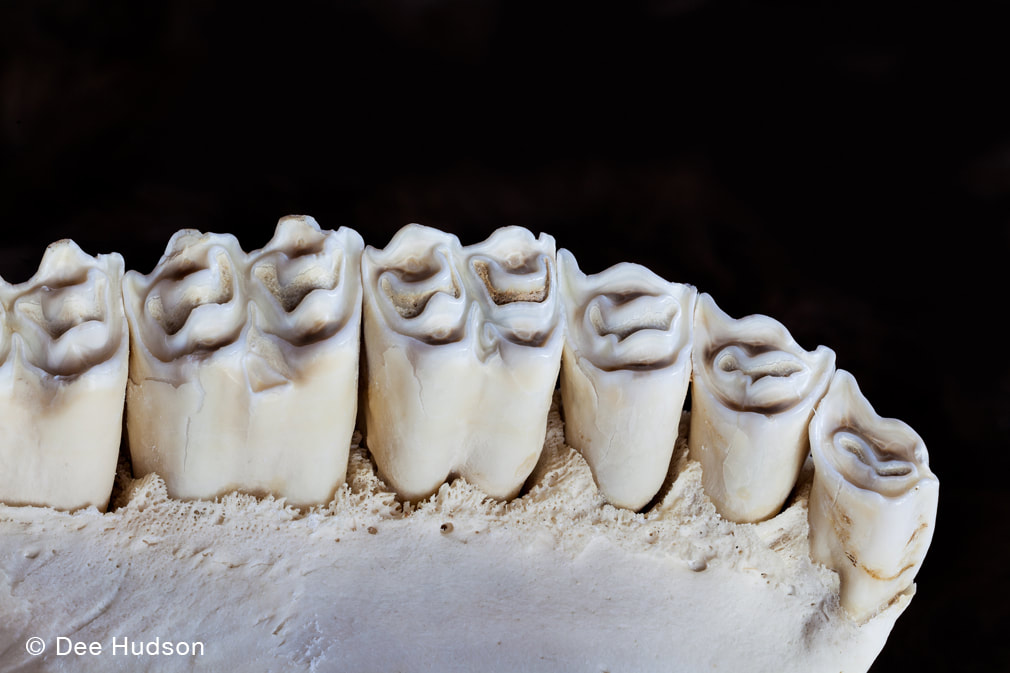 Bison teeth are hypsodont, meaning that the dental crowns are tall and most of this length is stored within the bones of the face and jaw. This trait provides a hidden reservoir of tooth material that can be pushed out when the surfaces of the teeth wear, allowing for tooth function to be preserved in the face of extremely abrasive conditions. In addition, when bison teeth wear, the enamel forms elaborate cutting surfaces with a harder underlying tooth material (referred to as dentin, which is the brown material contrasted against the pearly-white enamel on the tooth surfaces). These elaborate cutting surfaces help bison mince plant foods. But with all this talk of bison traits to eating grass, it is easy to view the grasses themselves as passive players in this story of herbivory at Nachusa. But can grasses fight back? My own work at Nachusa Grasslands seeks to answer this question with one plant trait that may act as a defense against herbivory . . . silica levels. While we often think of silica as being a component of our modern technology (e.g., in computer chips), silica is also one of the most abundant minerals in Earth’s soils. Grasses, in turn, uptake silica into their own tissues during growth, where it usually gets deposited into silica bodies called phytoliths. The function of silica accumulation in grasses is debated, but one thought is that it provides a defense against defoliation (i.e., the removal of leaves). As suggested previously, grass plants are abrasive, and it is the silica in grass leaves that hypothetically works to remove enamel. As such, high levels of silica in grass leaves may deter mammalian consumers from eating them — for risk of damaging their teeth — helping to prevent defoliation. Silica also works to stiffen plant leaves, making them more difficult to chew and digest, while also further inhibiting microbial digestion in the digestive tract. Thus, silica be an inducible defense for grasses, wherein a re-growing grass plant responds to previous herbivory by increasing silica uptake to prevent severe defoliation in the future. But silica has other important functions in grass plants that are unrelated to herbivory. For example, increased silica uptake in grasses is also important for relieving environment stresses related to both high temperatures and low water availability. Therefore, it remains challenging to determine whether the high silica levels found in some prairie grass plants are primarily a response to intense herbivory pressure (i.e., from roaming bison) or are instead a plastic response related to changes in local environmental conditions that may increase growing stresses. 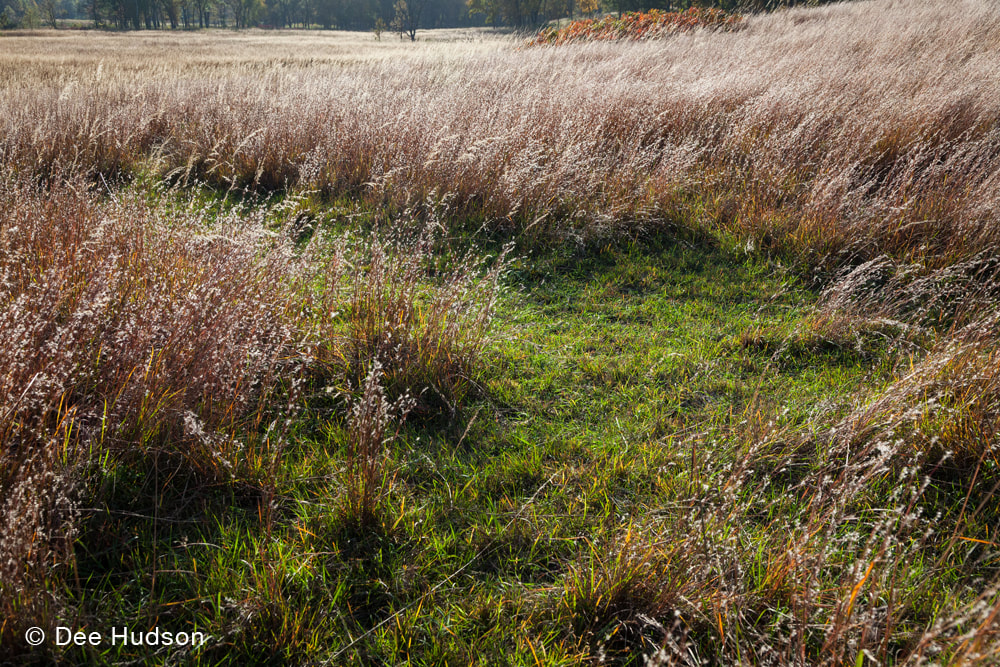 Bison at Nachusa can exhibit immense herbivory pressure on the local grassland community and repeat herbivory at certain locations can create what are termed “grazing lawns”, where grass plants are maintained in a short-statured state as compared to surrounding vegetation. It remains unknown whether the grass species within these “grazing lawns” at Nachusa possess higher silica levels in their tissues than similar species within exclusion plots, but previous work on the African Serengeti has suggested that grasses in such features are more silica-rich than similar species under less extreme herbivore pressure. My current work at Nachusa Grasslands seeks to shed light on this mystery. By taking advantage of bison exclusion plots set up across the lands of the reserve, I can compare the silica levels of different grass species (and other related traits, such as photosynthetic pathways, leaf toughness, and nutrient levels) in locations where they have experienced almost a decade of bison herbivory (2014 – 2021) to those same species in exclusion areas where bison herbivory has been much less intense or non-existent. My hope for my continuing work at Nachusa is to disentangle the various factors that may influence silica levels in various grass tissues of prairie plants and, by extension, in the diets of Nachusa bison. My overarching goal is to figure out if re-introduced bison are helping to change the functional traits of grasses growing within the Nachusa reserve, and if so, what this might mean for plant community structure and resilience moving forward. 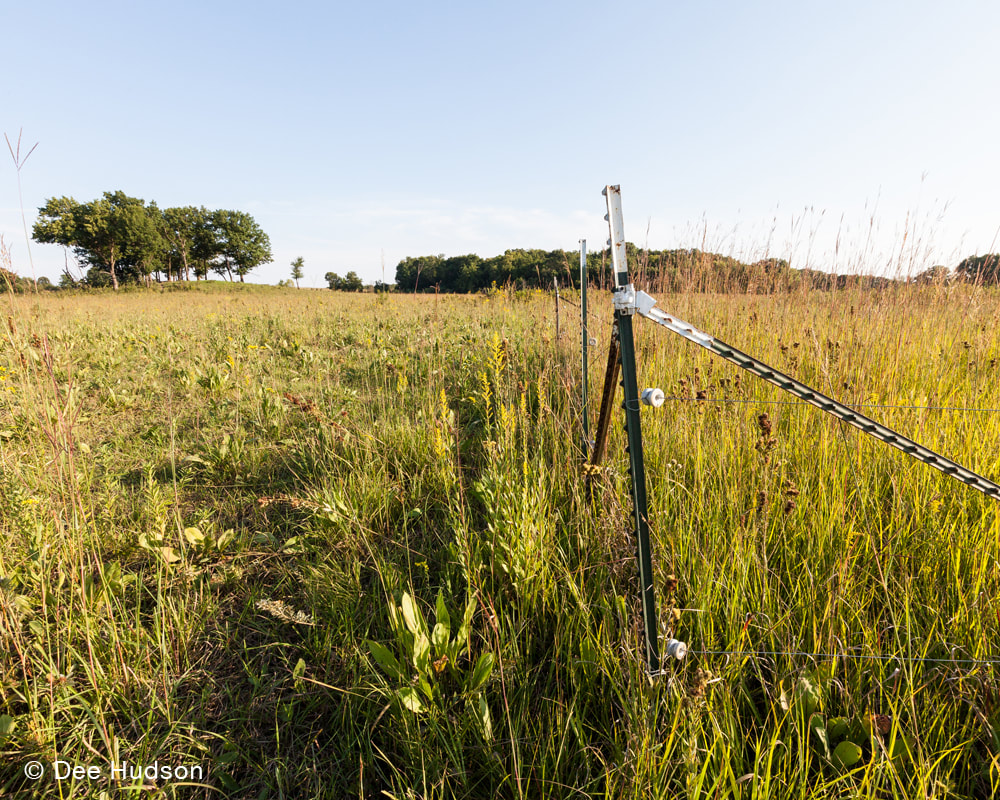 Exclosure or herbivore exclusion plots are key to testing hypotheses regarding inducible plant defenses and bison herbivory at Nachusa Grasslands. The bison have access to the plants on the left side of the photo, but in the right side of the photo begins the exclosure, a space that is completely isolated by fencing and the bison cannot enter. Notice the taller vegetation in the exclosure. Numerous exclosures are found throughout the bison unit. 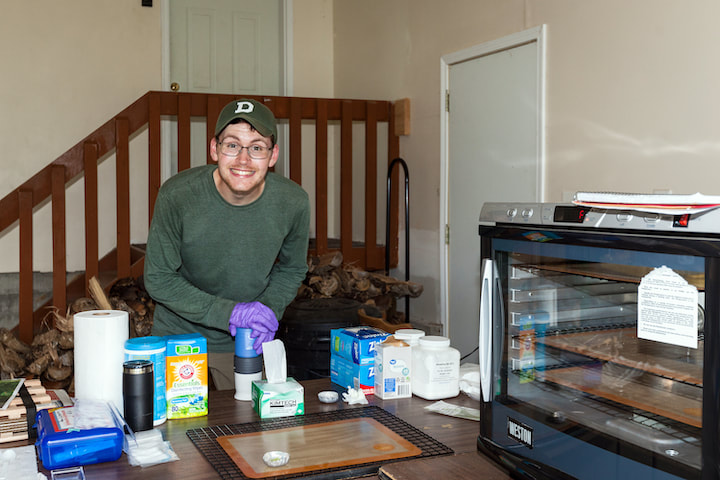 The author (L.D. Fannin) in his mobile lab processing collected grass plants in the field at Nachusa in June 2021. To prevent molding, grass plants need to be dehydrated before transport, and the food dehydrator at the far right allows for the dehydration of plant remains to occur quickly before plants are then ground and stored with desiccant. The author is currently analyzing these collected plant parts for their silica content at Dartmouth.
Luke Fannin was a 2021 Scientific Research Grant recipient from the Friends of Nachusa Grasslands. Interested in supporting Nachusa's science? Just designate your Donation to "Scientific Research Grants."
By Elizabeth Bach Research Scientist at Nachusa Grasslands, The Nature Conservancy Nachusa has experienced several ups and downs in 2021. COVID-19 continued to bring challenges and require flexibility. We celebrated the opening of our new equipment barn, but we also grieved the loss of naturalist Wayne Schennum. Wayne conducted plant and insect surveys at Nachusa throughout his long career and was actively working on a survey of leaf beetles prior to his passing this summer. Amid this uncertainty, the Nachusa science community managed to accomplish a lot.
Pete Guiden started 2021 strong with the publication of Effects of management outweigh effects of plant diversity on restored animal communities in tallgrass prairie in the Proceedings of the National Academy of Sciences. This is one of the top three scientific journals in the world; it is a major accomplishment for Pete and his co-authors in the Holly Jones and Nick Barber labs. It is significant for a Nachusa dataset to contribute to global scientific advancement in this way. They found management-driven responses were more common (and stronger) than plant-driven responses. Restoration age was the main driver of management effects, followed by prescribed fire. Both plant diversity and active management were critical to restoring animal biodiversity. You can learn more from Pete’s blog post. Another significant Nachusa publication was Twenty years of tallgrass prairie restoration in northern Illinois, USA, published in Ecological Solutions and Evidence as part of a global special issue on the UN Decade on Restoration. Elizabeth Bach analyzed 20 years of plant survey data from permanent transects set up by Bill Kleiman. Plant communities on native prairie remnants have maintained or increased plant diversity, including rare plants. Savannas maintained similar levels of plant diversity, but plant communities shifted from understories dominated by brush to herbaceous plants, including native grasses and flowering plants. The special issue on the UN Decade on Restoration also featured a paper from Bethanne Bruninga-Socolar and Sean Griffin. Variation in prescribed fire and bison grazing supports multiple bee nesting groups in tallgrass prairie showed that a mixture of fire and grazing on the landscape encouraged diverse bee communities by promoting bees with different nesting habits. Nachusa bees were primarily ground-nesting (90% of observed species), but stem/hole nesters (3.6%) and large-cavity nesters (6%) are also important parts of the community. This team also published Bee communities in restored prairies are structured by landscape and management, not local floral resources in Basic & Applied Ecology. Large-landscape restorations were positive for bees, as the relationships with floral diversity observed in previous work in small, isolated prairies did not hold up at Nachusa. Several Nachusa insect studies were published in 2021. Michele Rehbein, who surveyed mosquitoes at Nachusa for her PhD work at Western Illinois University, published A new record of Uranotaenia sapphirina and Aedes japonicus in Lee and Ogle Counties, Illinois. Both these mosquitoes are new records for the area and contribute to broader understandings of mosquito communities in Illinois generally. Azeem Rhaman published Disturbance-induced trophic Niche shifts in ground beetles (Coleoptera: Carabidae) in restored grasslands, summarizing his MS research with Nick Barber at San Diego State University. He found ground beetles consumed a wider range of food sources in areas with bison grazing, particularly with both grazing and fire. Meghan Garfinkel, who earned her PhD from University of Illinois – Chicago, specifically examined insects present in bird diets. Using faecal metabarcoding to examine consumption of crop pests and beneficial arthropods in communities of generalist avian insectivores, published in Ibis, was the first study to leverage next-generation DNA sequencing to analyze diets of entire bird communities. Birds consumed more herbivorous arthropods (plant-eating bugs) compared to carnivorous arthropods (bug-eating bugs). Heather Herakovich published two papers on birds this year. In Impacts of a Recent Bison Reintroduction on Grassland Bird Nests and Potential Mechanisms for These Effects, she found that bison presence did not impact nesting density or vegetation structure, but nest success increased in the first two years after reintroduction. Heather evaluated birdsong to passively survey communities in Assessing the Impacts of Prescribed Fire and Bison Disturbance on Birds Using Bioacustic Recorders. This dataset showed that having a mix of recently-burned, unburned, and grazed habitat in the landscape supported diverse bird communities, as different species have different habitat preferences. It was a strong year for animal publications from Nachusa. Rich King and graduate students Monika Kastle and Callie Golba published two papers about their work on Blanding’s turtle recovery in northern Illinois, including the Nachusa population. Blanding's Turtle Demography and Population Viability focused on modeling needs for Blanding’s turtle populations to sustain themselves. Blanding's Turtle Hatchling Survival and Movements following Natural vs. Artificial Incubation reported on the results from the 2020 release of Blanding’s head-start hatchlings at Nachusa and other sites. Survival rates were variable across the populations, and research continues at Nachusa to find the most effective ways to protect these turtles. Publications of threatened and endangered species extended to plants as well. Katie Wenzell, who earned her PhD from Northwestern/Chicago Botanic Gardens, published Incomplete reproductive isolation and low genetic differentiation despite floral divergence across varying geographic scales in Castilleja in the American Journal of Botany. This work examined the genetic relatedness and floral variability of Castelleja sessiliflora (downy paintbrush) and C. purpurea (prairie paintbrush or purple paintbrush) across their geographic ranges. Both species are evolving, but C. sessiliflora is exhibiting genetic differentiation, whereas C. purpurea is exhibiting differences in flower shape without genetic changes. These are two different mechanisms driving similar evolutionary outcomes. Timothy Bell and colleagues explored population trends in the threatened eastern prairie fringed orchid in Environmental and Management Effects on Demographic Processes in the U.S. Threatened Platanthera leucophaea (Nutt.) Lindl. (Orchidaceae). They found regular burning and wet weather lead to greater blooming populations for the orchid. To evaluate landscape-level plant community and soil characteristics, Ryan Blackburn tested aerial imaging from drones in Monitoring ecological characteristics of a tallgrass prairie using an unmanned aerial vehicle, published in Restoration Ecology. Drone images did an adequate job of evaluating grass cover and mean dead plant cover, but more work is needed to refine this method. Scientific accomplishments at Nachusa are making strong contributions to both scientific understanding and on-the-ground conservation and restoration efforts. Thank you all for being part of this. None of this could happen without the collaboration of scientists, volunteers, donors, The Nature Conservancy, and Friends of Nachusa Grasslands. Many of the 2021 researchers were supported with a Scientific Research Grant from the Friends of Nachusa Grasslands. Donations to Friends can be designated to Scientific Research Grants.
The Nachusa summer science externship is supported by The Nature Conservancy. |
Blog CoordinatorDee Hudson
I am a nature photographer, a freelance graphic designer, and steward at Nachusa's Thelma Carpenter Prairie. I have taken photos for Nachusa since 2012. EditorJames Higby
I have been a high school French teacher, registered piano technician, and librarian. In retirement I am a volunteer historian at Lee County Historical and Genealogical Society. Categories
All
Archives
January 2024
|
CONNECT WITH US |
|
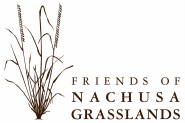
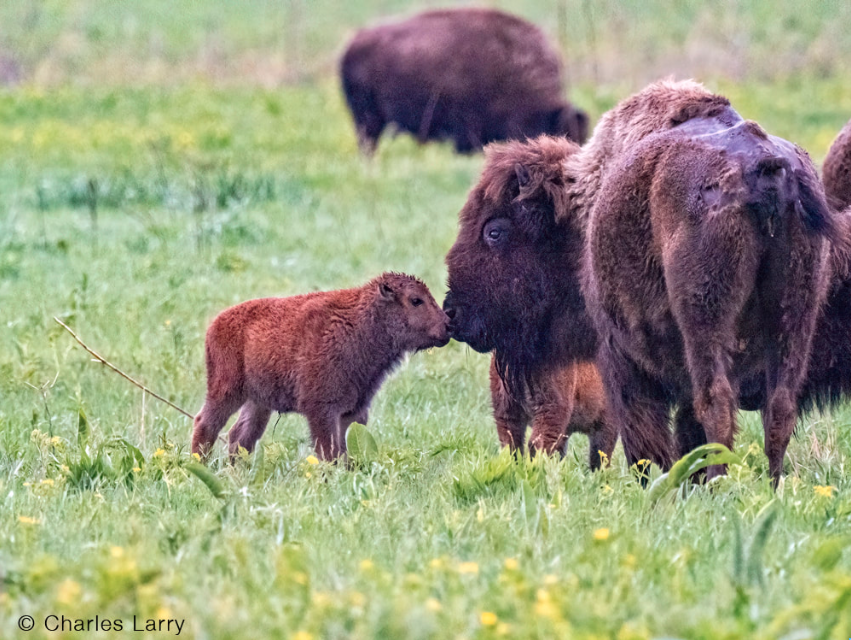
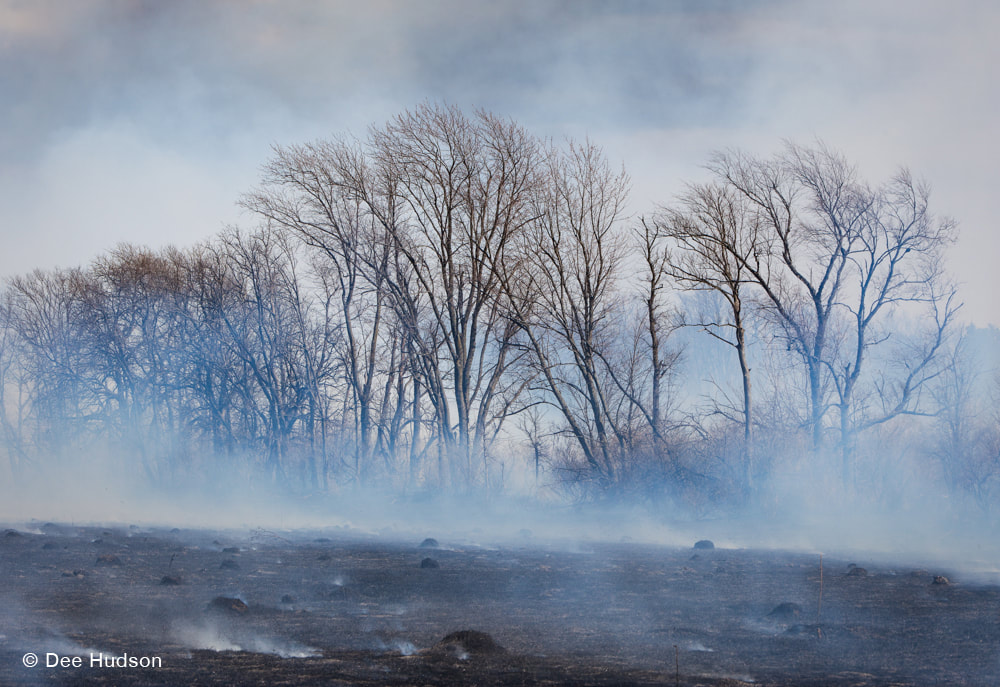
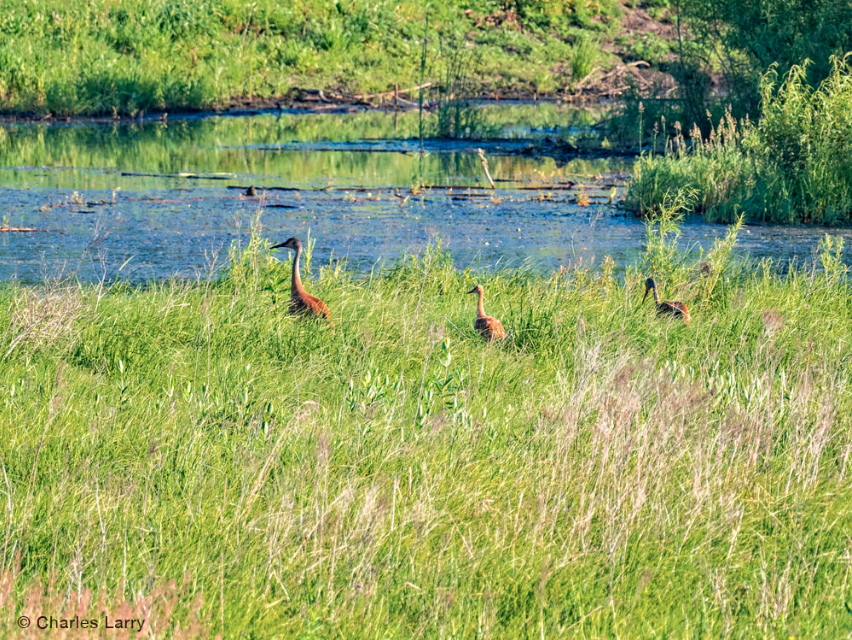
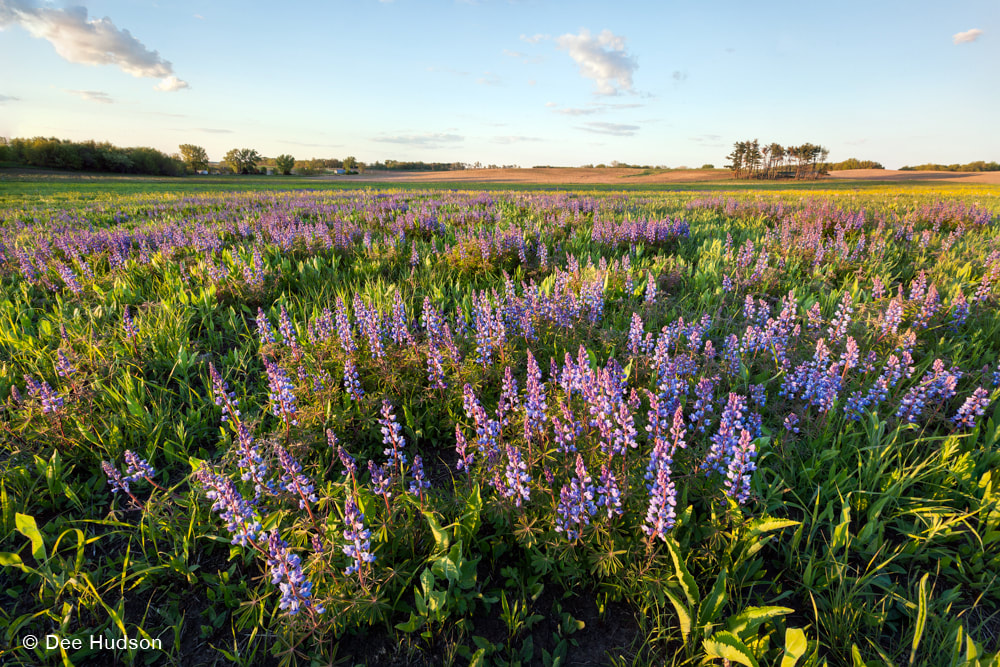
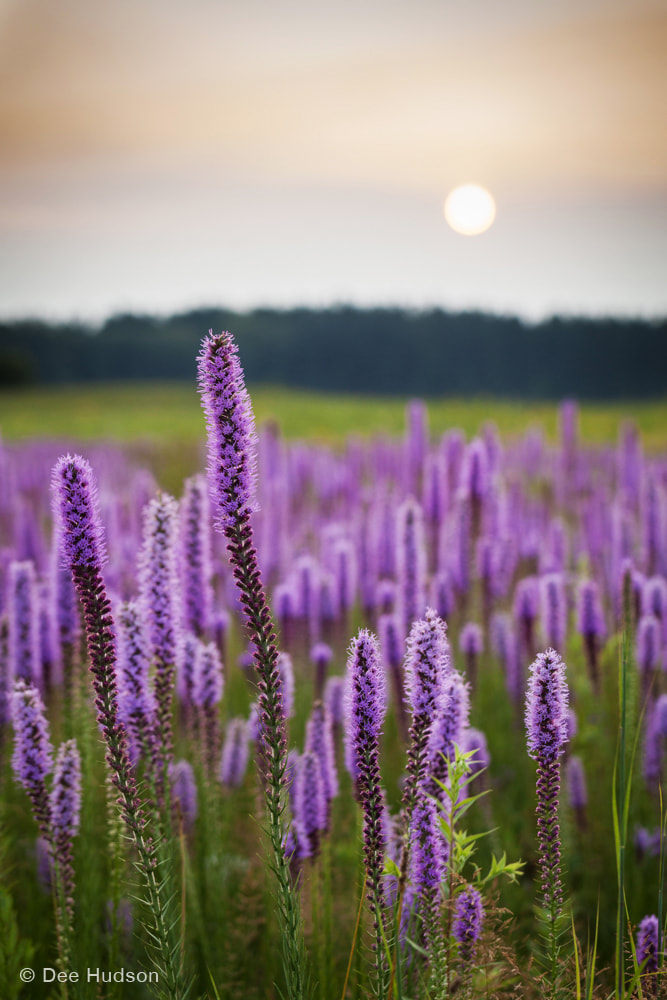
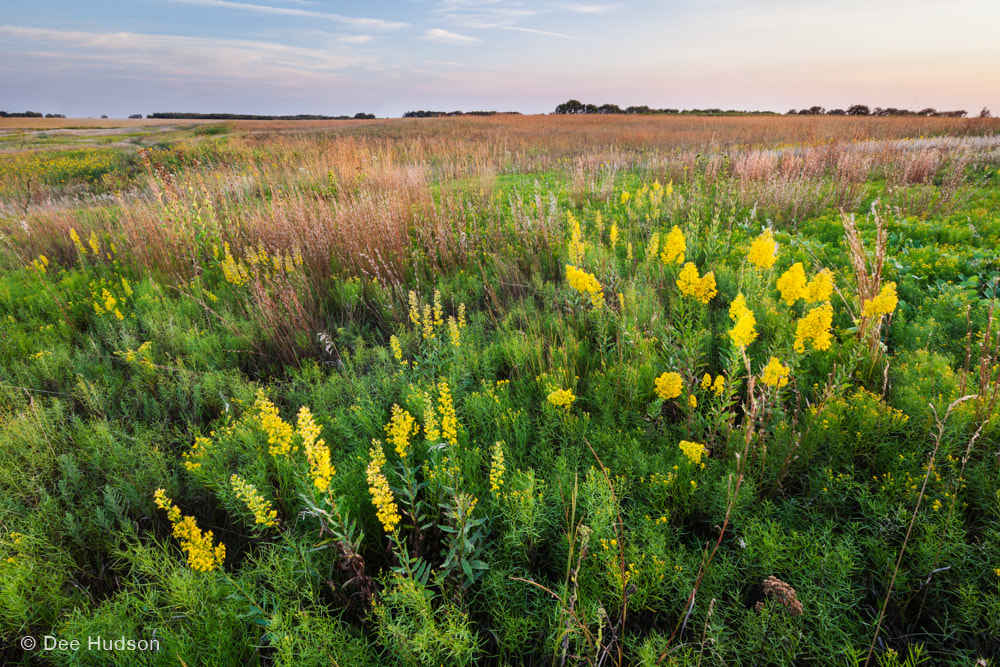
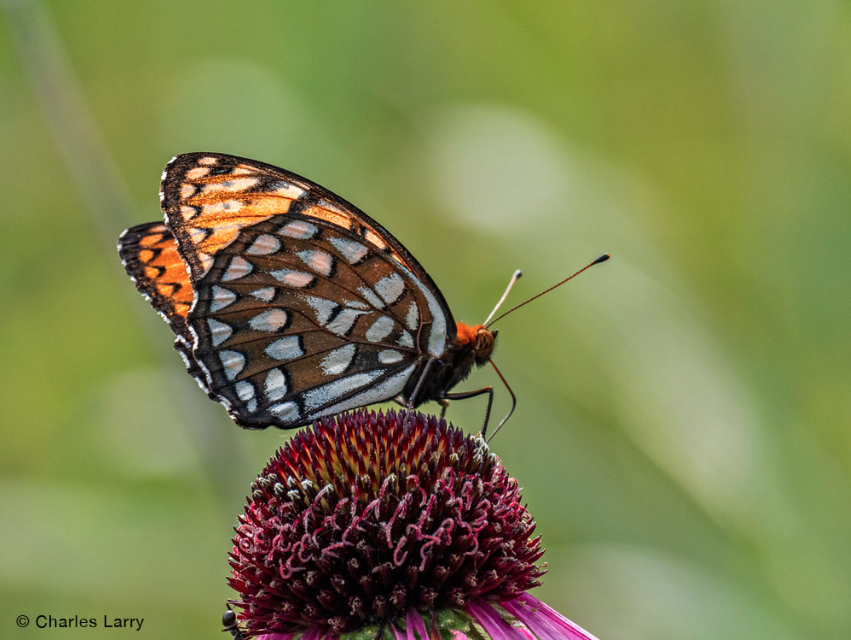
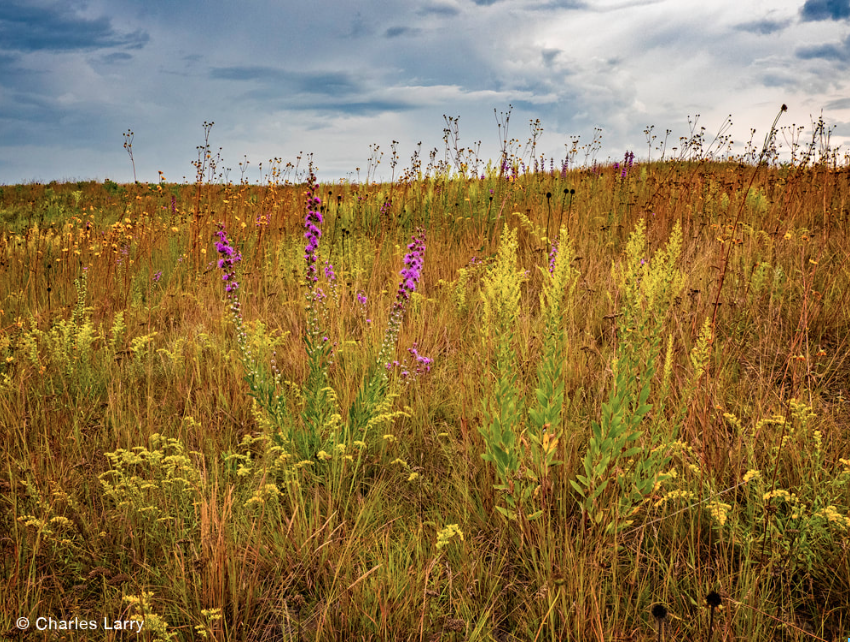
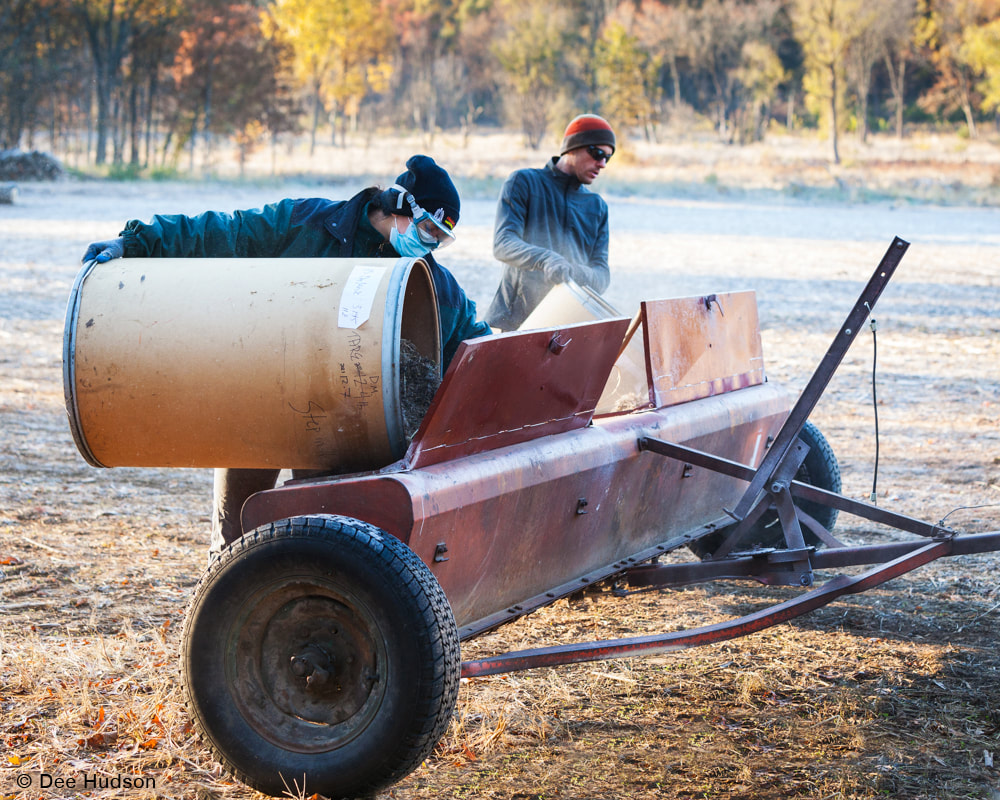
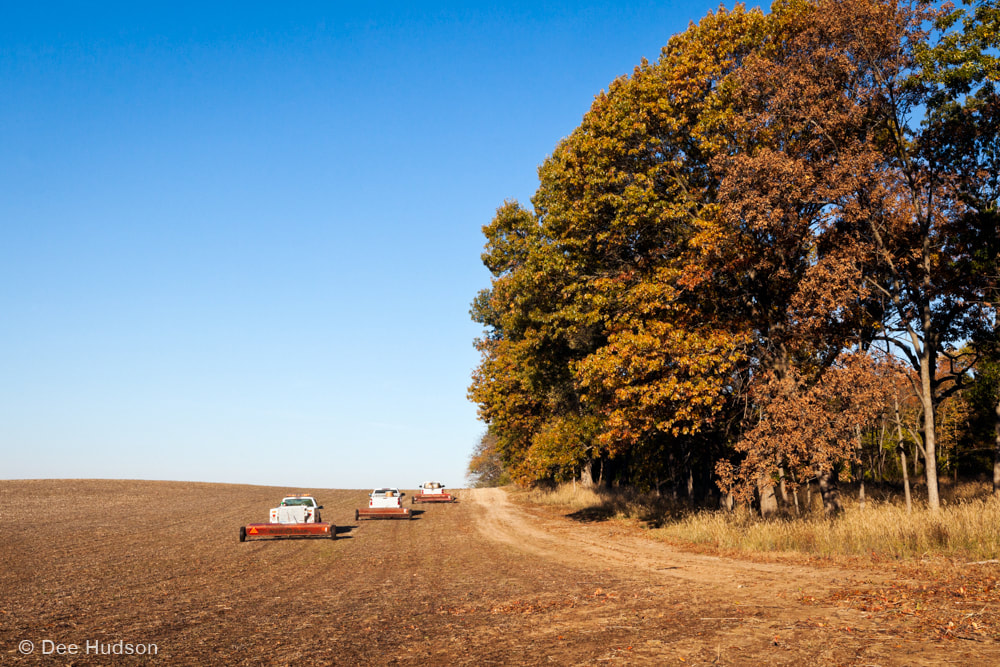
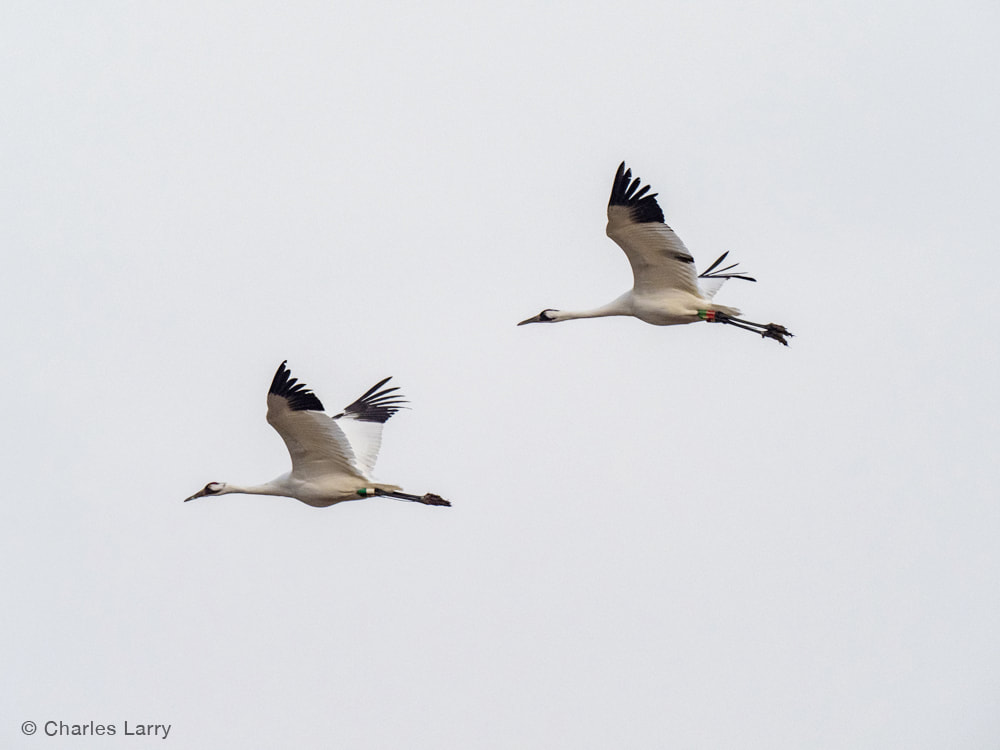
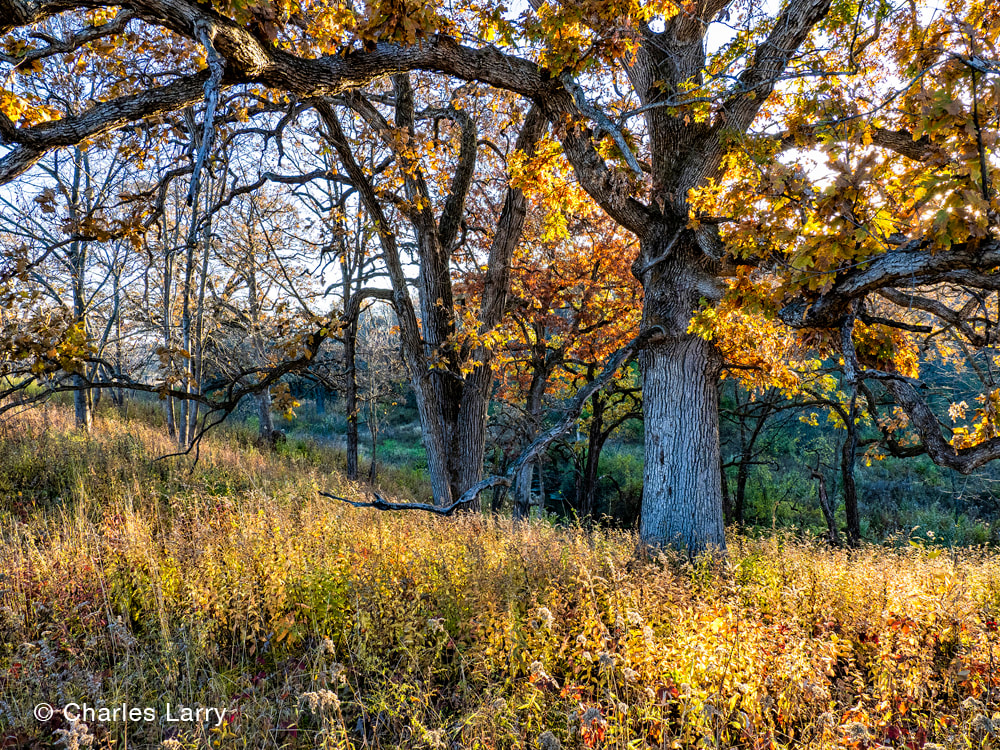

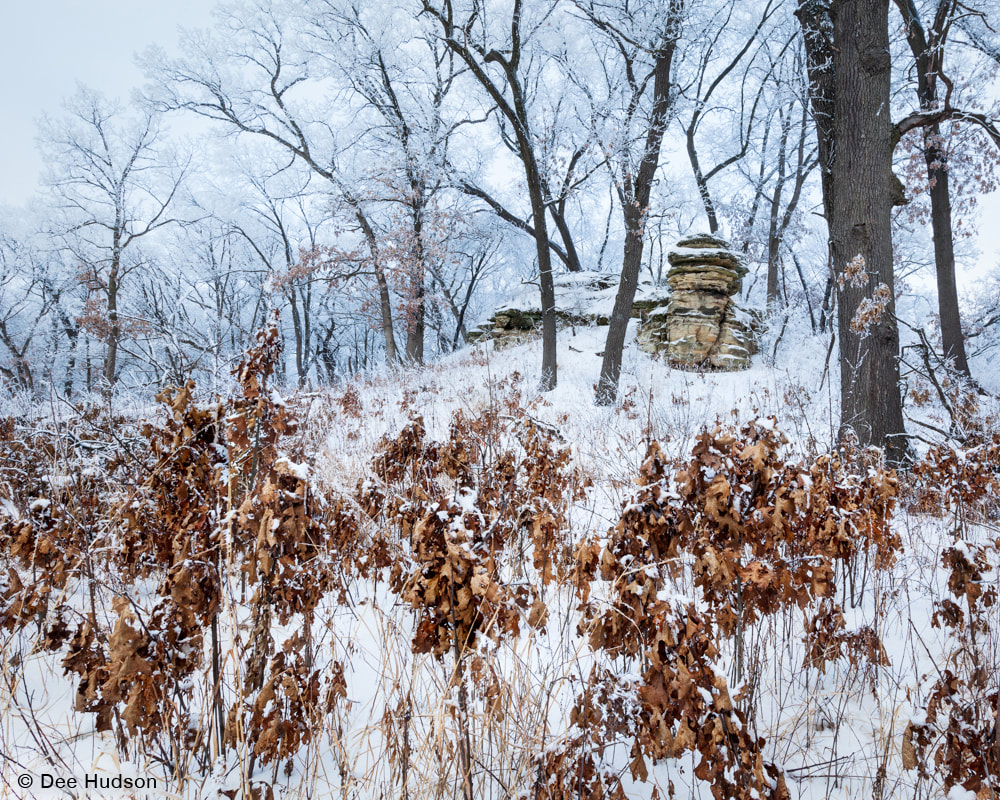
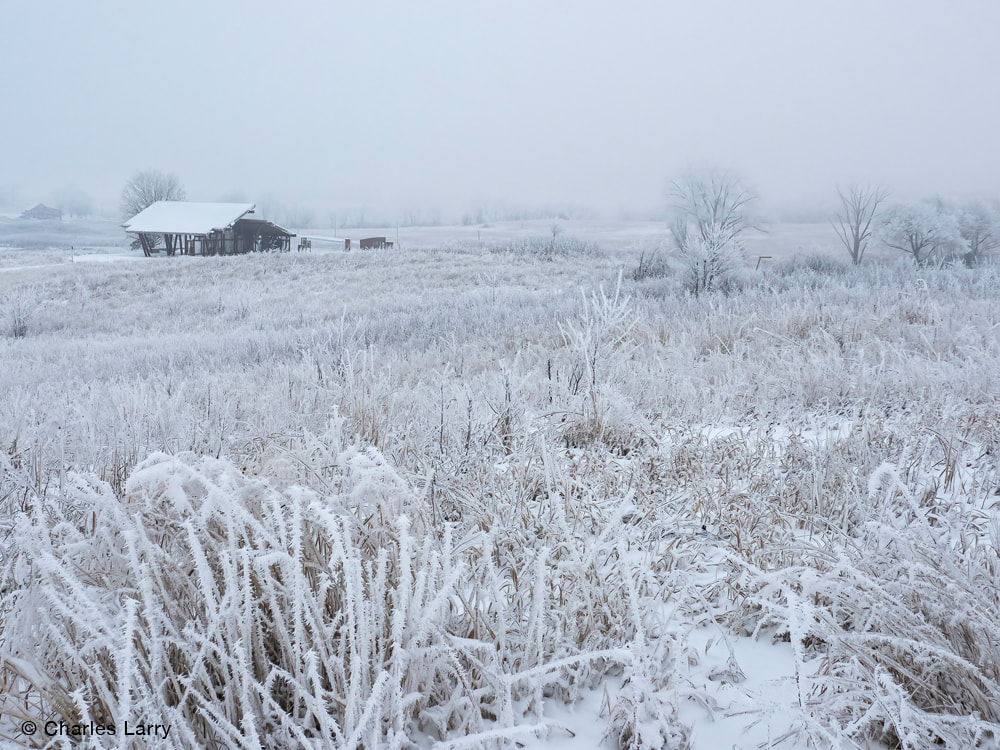
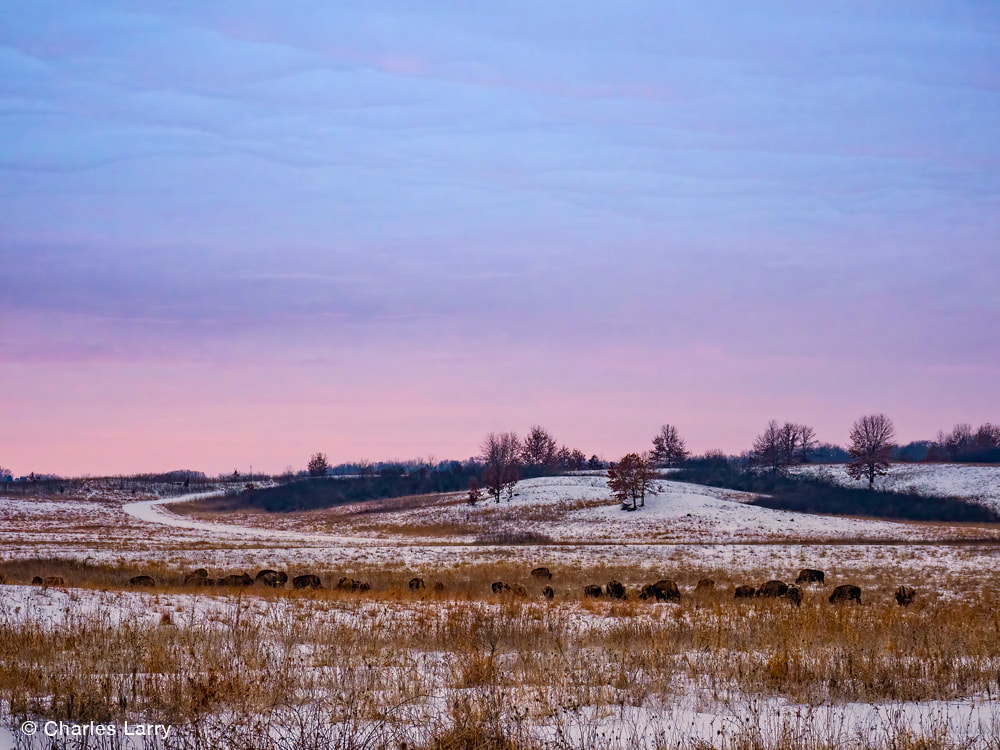
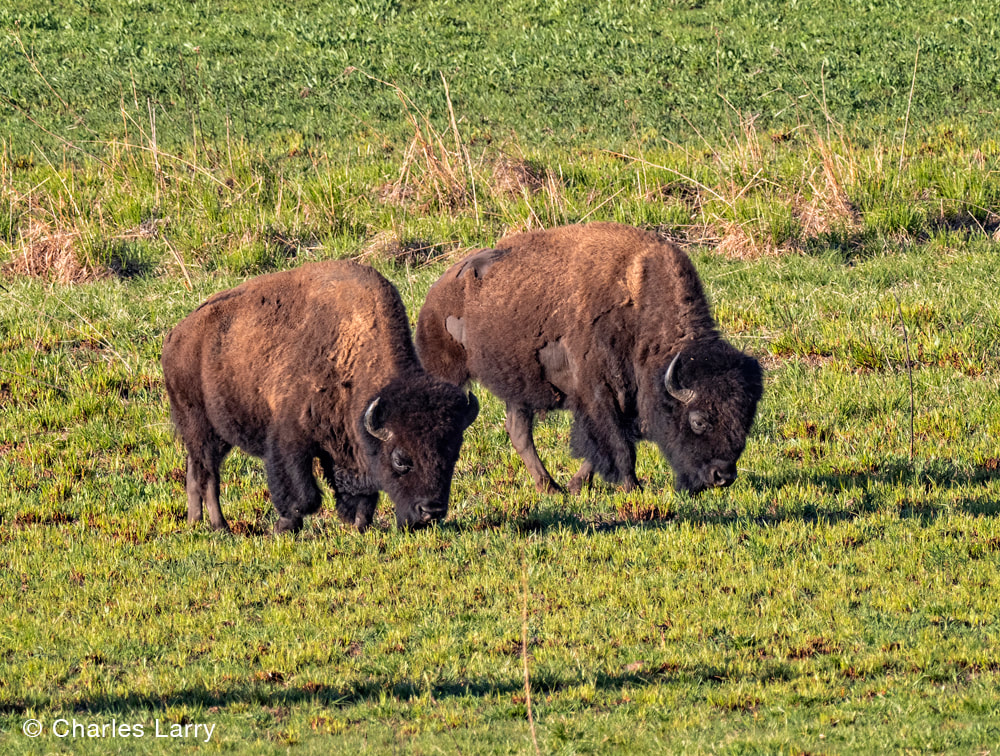
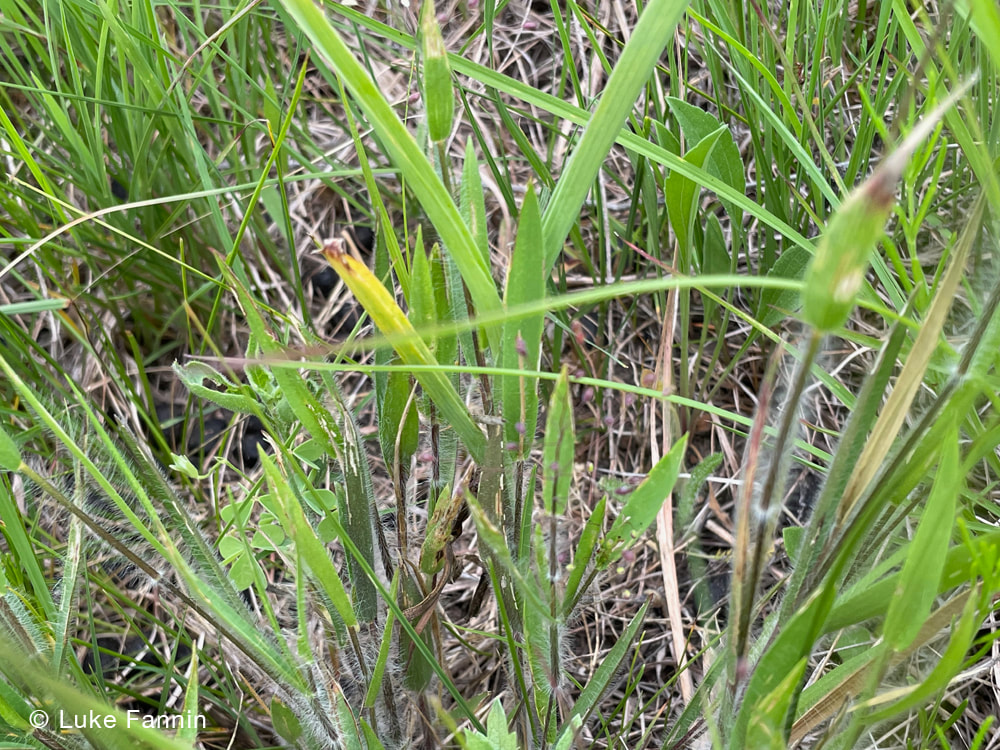
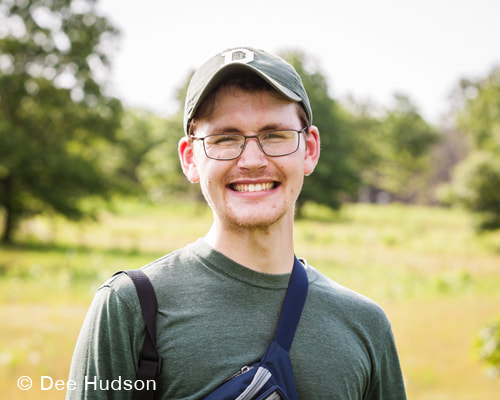
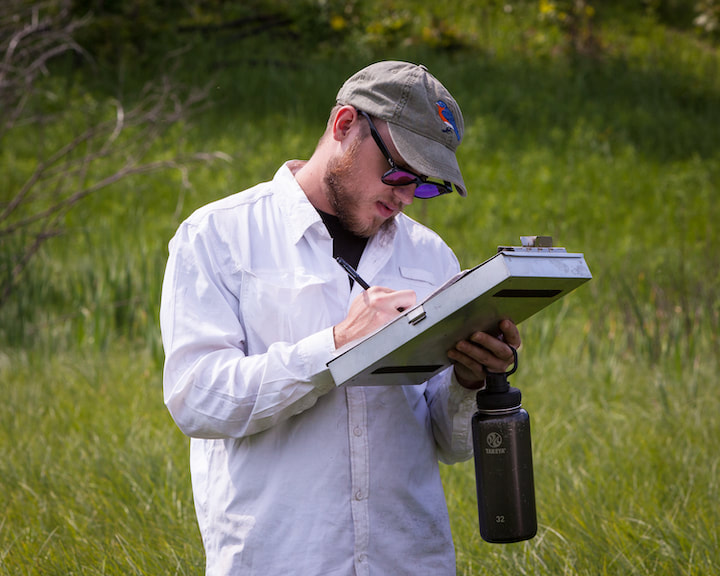
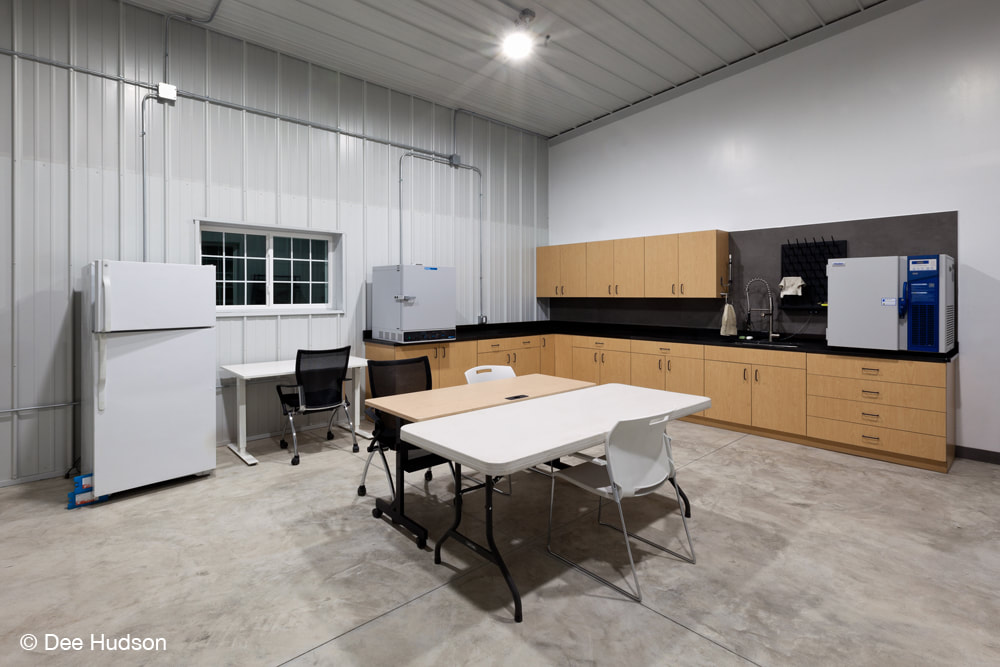
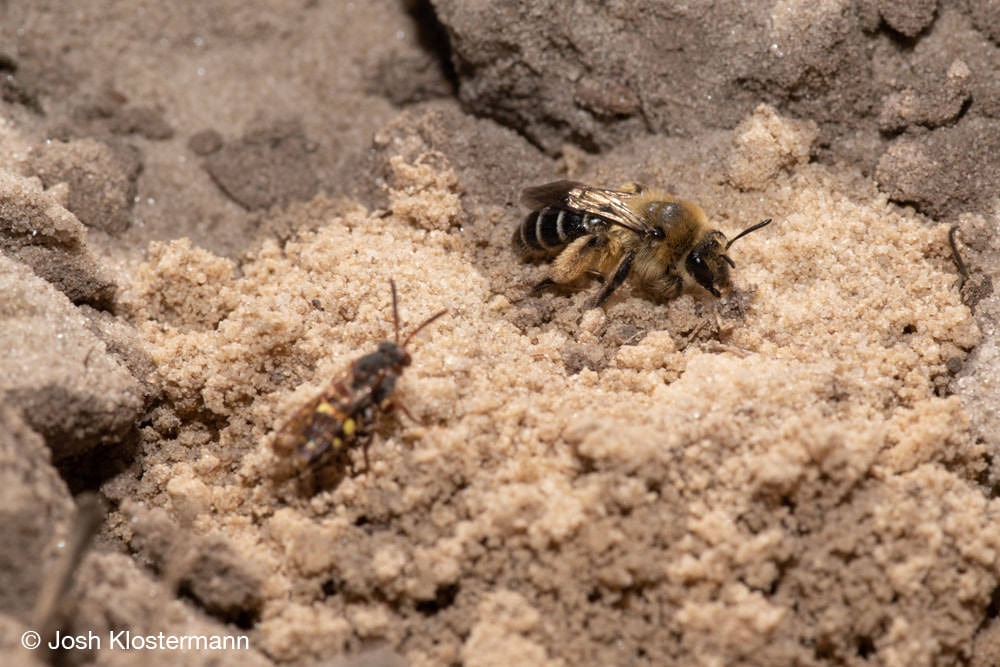
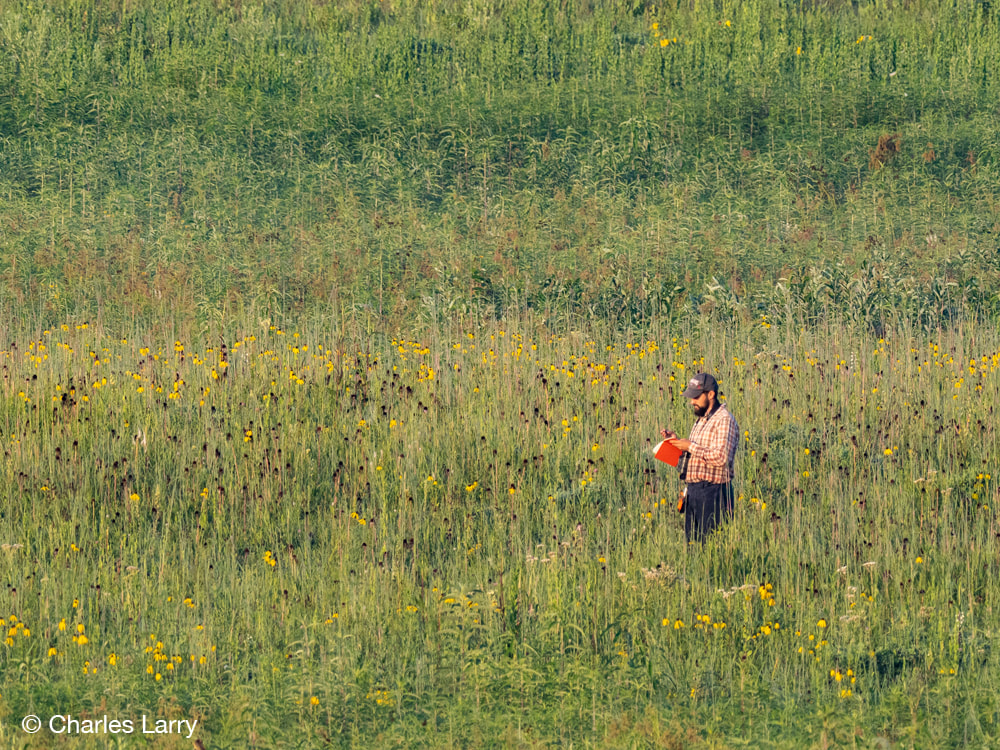
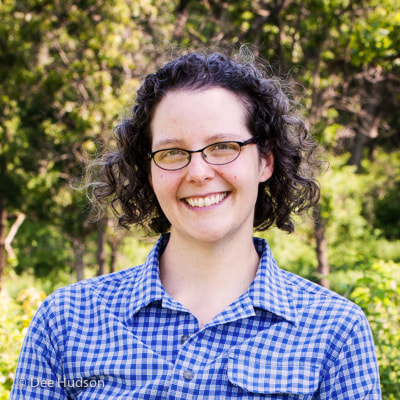
 RSS Feed
RSS Feed